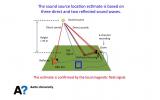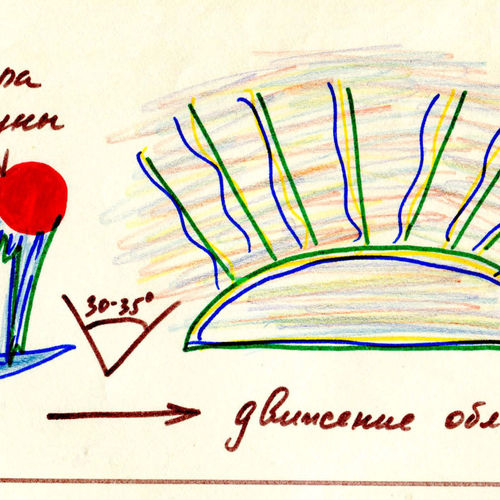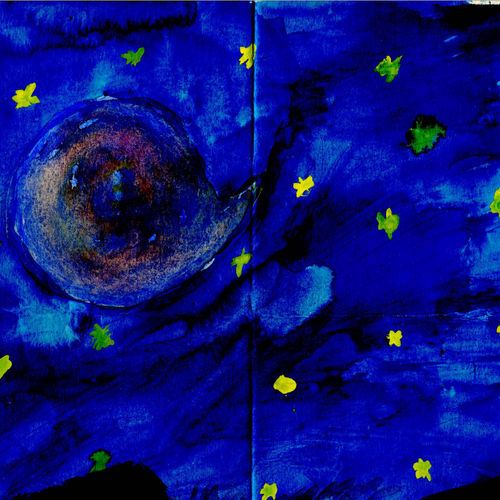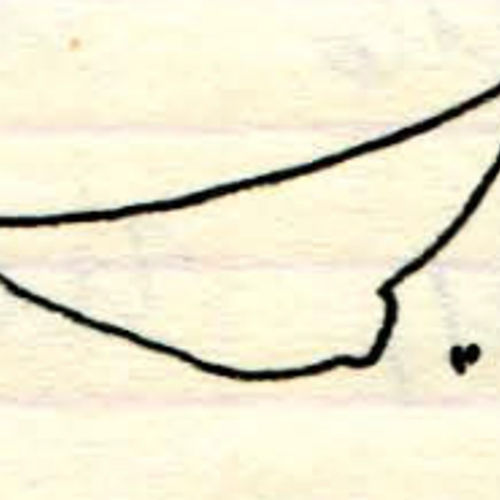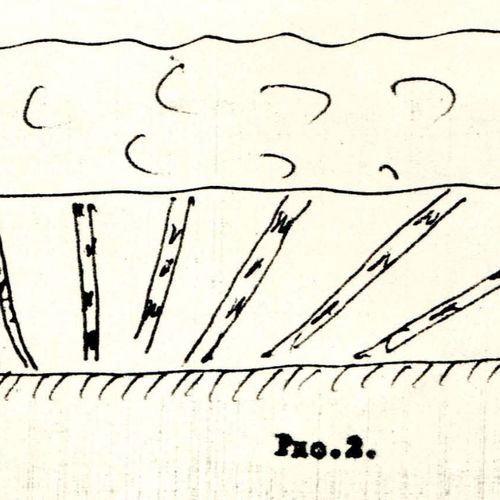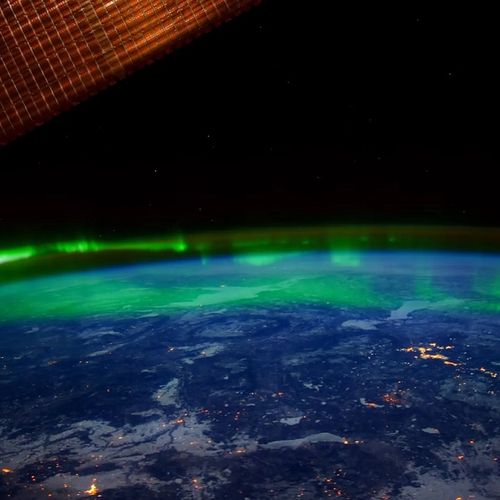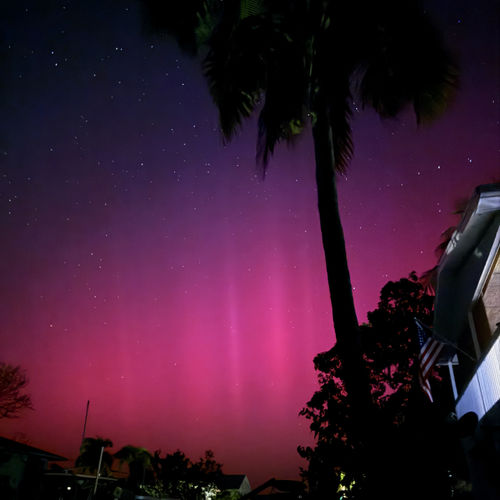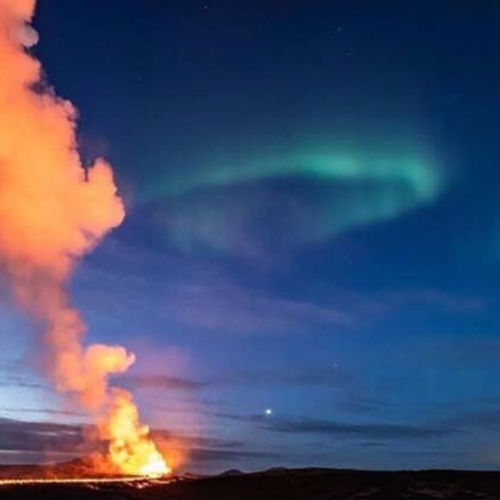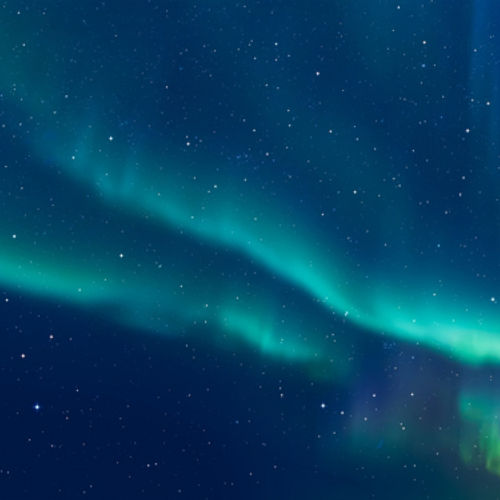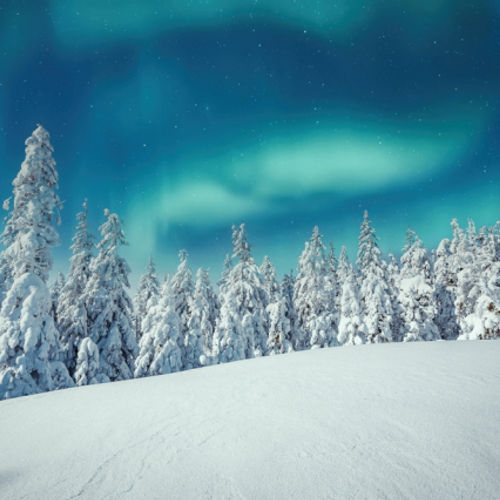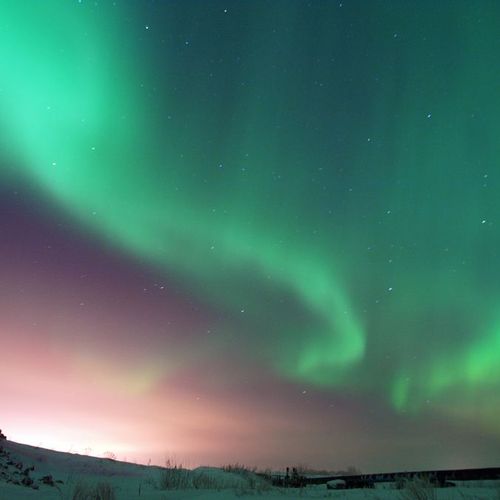
| Added | Fri, 07/10/2016 |
| Sources | |
| Феномены | |
| Version type |
Glow (luminescence) of the upper layers of the atmospheres of the planets with the magnetosphere due to their interaction with charged particles of the solar wind.
In a very limited area of the top of atmosphere radiance can be caused by low energy charged particles of solar wind entering the polar ionosphere over the North and South polar Caspi. In the Northern hemisphere, the cusp auroras can be observed over Svalbard caribou watch.
In the collision of energetic particles of the plasma layer with the upper atmosphere is excited atoms and molecules of the gases entering into its composition. The radiation of the excited atoms in the visible range and is observed as the Aurora. The spectra of the Aurora depends on the composition of the atmospheres of the planets: for example, if Lands are particularly striking line radiation of excited oxygen and nitrogen in the visible range, for Jupiter — the line radiation of hydrogen in the ultraviolet.
Since the ionization of charged particles takes place most effectively at the end of the path of the particle and the density of the atmosphere decreases with increasing height according to the barometric formula, the height of the appearances of the Aurora is rather dependent on the atmospheric parameters of the planet, for the Earth, with its rather complex composition of the atmosphere, the red glow of oxygen is observed at altitudes of 200-400 km, and the joint glow of nitrogen and oxygen at the altitude of ~110 km. in addition, these factors contribute to and shape of the Aurora is vague enough sharp upper and lower boundaries.
The Northern lights not only paints the sky with bright colors, but also fills the surrounding space with sound.
Experts from Aalto University (Aalto-universitetet) in 2012 was able to hear and record the sounds accompanying the glow of the sky. Scientists are repelled from the folk tales, which spoke of "singing the Northern lights". In scientific work it was found that these sounds are born at a height of 70 meters and can actually be heard by the human ear. Sounds like crackling, hissing or muffled blows. Continuing studies, Finnish scientists have linked the appearance of suokas charged particles "trapped" in the layer of the atmosphere, which is formed during the cold nights. At a time when emissions of the solar matter reach Earth, the particles quickly lose their charge — and as a result give rise to unusual "crackling" sounds.
Translated by «Yandex.Translator»
Related facts
Related news
Log in or register to post comments

